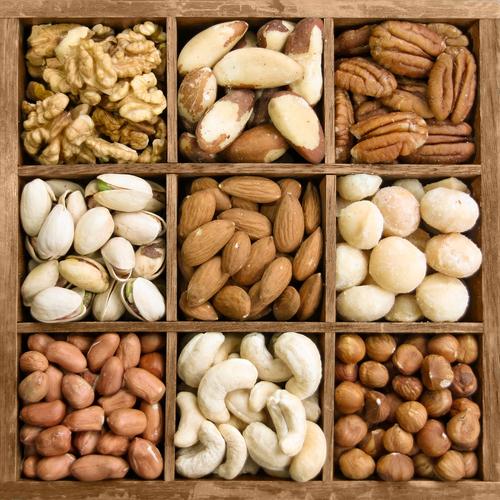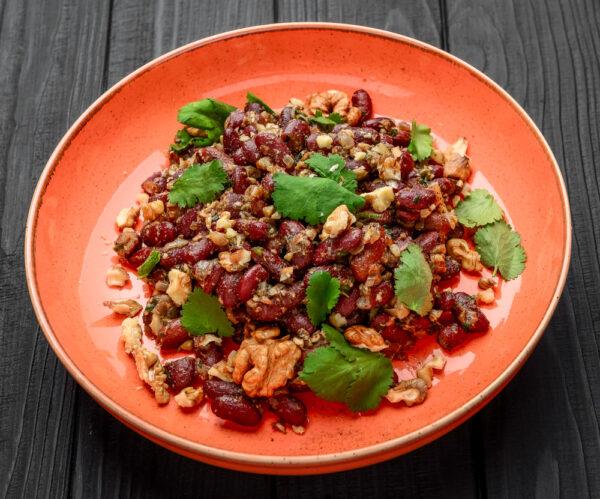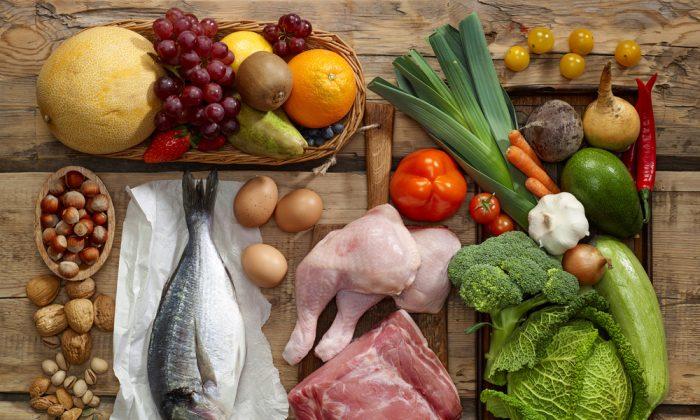First there was the Paleolithic diet, emulating the eating habits of our nomadic ancestors. Now there’s a more vegetarian version: the Pegan diet.
Paleo-Vegan may seem like a strange mash-up since such a big part of the Paleo diet is fat and meat. But consider Paleo’s emphasis on quality. Adherents of this diet specifically seek grass-fed meat, raised without hormones or antibiotics.
At its core, Paleo is about whole foods that are minimally processed. This is the guiding light of Peganism too, just with less meat, or for some, no meat at all.
“This way of eating makes the most sense for our health and the health of our planet. It is sustainable and kinder to animals,” Hyman writes.

Healthy Vegetarian
Science recognizes the virtues of a plant-based diet, but many who go vegetarian may actually harm their health. Due to the allure of convenience or the fog of ignorance, vegetarians can tend toward meals based largely on pasta, cereal, and a lot of bread. This can lead to a vicious cycle: A low protein intake is often followed by a stronger craving for sugar, more refined carbs, and stimulants for energy, which further contributes to nutrient loss and risk for disease.Flexibility
In the modern world it can be hard to eat like a caveman. A strict Paleo diet is too limiting for some. There are fewer choices when going out to eat, and dining with non-Paleo friends and family can be tricky.Veganism can also be alienating. Combined with Paleo, this diet becomes ridiculously restrictive. For the sake of all that’s good and decent, go easy on the rules.
In general, keep your focus on high quality whole foods and be mindful of the kinds of foods our distant ancestors ate. Black beans and quinoa, while not considered Paleo, are a much better choice than a Tofurky sandwich with corn chips.

Lobio: Kidney Bean and Walnut Salad
This salad combines two plant proteins and has tons of flavor. It comes from the people of Georgia, a country in Asia Minor sandwiched between Turkey and Russia. Humans have inhabited the Georgian land since at least the Paleolithic era, but this recipe is probably not that old. Lobio means “beans” in Georgian.- 1 can (15oz) kidney beans, drained and rinsed
- 1 cup of walnuts, finely chopped
- 1 shallot, finely chopped
- 1 tablespoon olive oil
- 1 tablespoon hemp oil
- 1/4 cup chopped dill
- 1/4 cup chopped parsley
- 1 1/2 tablespoons apple cider vinegar
- Sea salt and fresh ground pepper to taste






